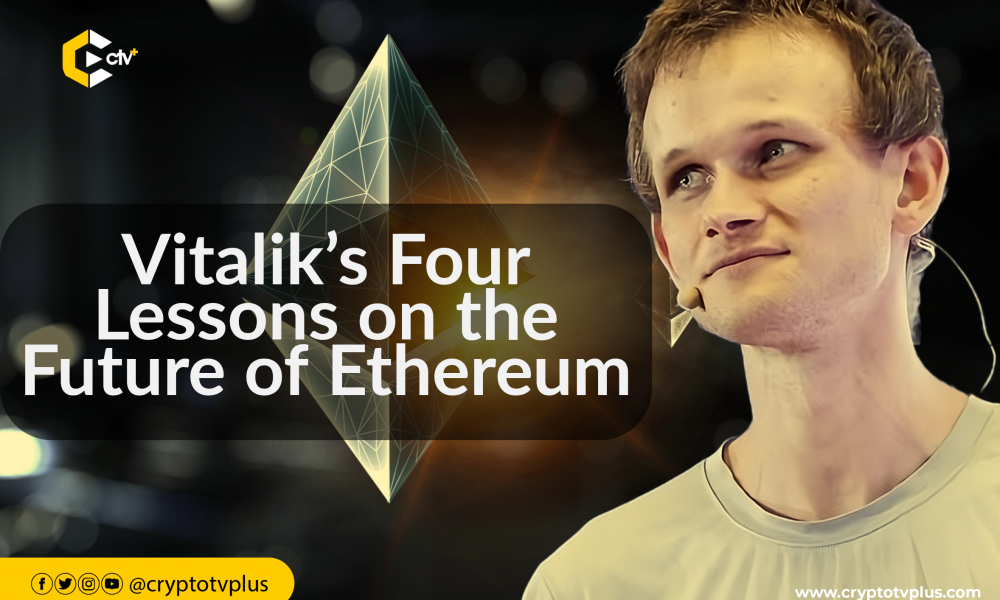
Vitalik Buterin, the co-founder of Ethereum, recently issued a cautionary message to the Web3 community, particularly those focused on Ethereum. In a blog post titled “Enshrinement,” Buterin discussed the future of the blockchain he helped create and highlighted the importance of careful considerations when adding new features to the platform.
Ethereum is widely regarded as “the world’s programmable blockchain,” offering a decentralized global software platform. Its unique selling point is its programmability, which has resulted in the creation of numerous applications worth billions of dollars. Over time, Ethereum has evolved and implemented various proposals to enhance its capabilities.
However, there has been a growing interest in integrating additional features such as privacy, advanced cryptography, account safety, censorship resistance, and frontrunning protection into the core protocol. Buterin emphasized the need to approach this aspect cautiously and outlined four fundamental lessons that should shape the inclusion of these utilities.
The first lesson Buterin imparted is that enshrining certain features outside the Ethereum core helps mitigate the risks of centralization. By keeping the base protocol simplified, there is increased flexibility. However, he also acknowledged the potential risks of centralization in the external ecosystem, often due to elevated fixed costs.
The second lesson highlighted the possibility of straining protocol trust and governance when too many features are added to the Ethereum core. Overloading the core can overwhelm the system and potentially weaken Ethereum’s credibility.
Buterin’s third reflection focused on the increase in protocol complexity when too much is given to the Ethereum core. He described protocol complexity as a systemic risk, stating that adding too many features in-protocol only amplifies that risk. As an example, he pointed out how the implementation of Precompiles on the Ethereum blockchain has fallen short of expected usefulness over the years.
Lastly, Buterin emphasized the need to consider unpredictable user needs. Enshrined features may not align with users’ actual needs, which can change over time and render certain utilities underutilized. He suggested a middle ground, where the protocol enshrines specific pieces to address key challenges without being overly opinionated.
Ultimately, the debate over what to enshrine in the protocol and what to leave to other layers will continue to evolve as the blockchain ecosystem advances and user needs become clearer. Buterin’s cautionary message serves as a reminder to the Web3 community to approach the inclusion of new features with careful consideration.






